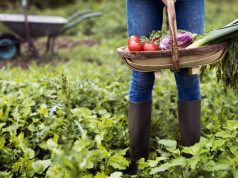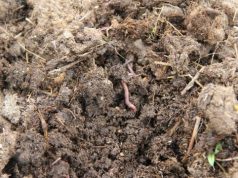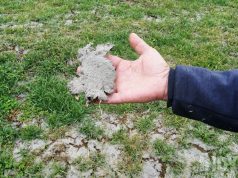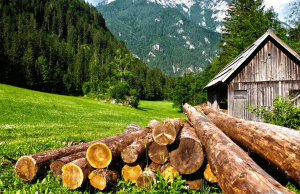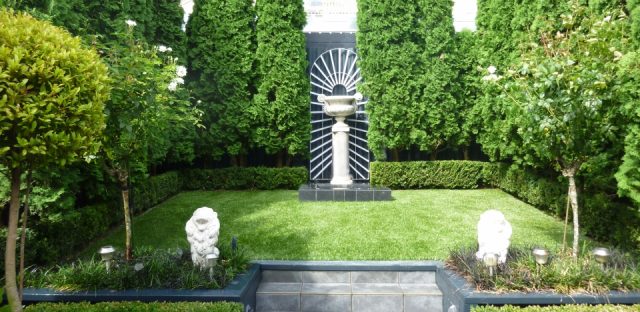
Most people probably don’t think about landscaping as a treat to the environment or a practice that can involve a whole lot of waste of resources. But with wasteful irrigation accounting for over 1/3 of the residential water use in the United Sated, incorporating sensible and efficient practices in landscaping can clearly make a difference, and not just to water wastage.
This is where sustainable landscaping comes in, and Easigrass comes in with it to help you see it as the environmentally and economically conscious practice that it is.
What is Sustainable Landscaping
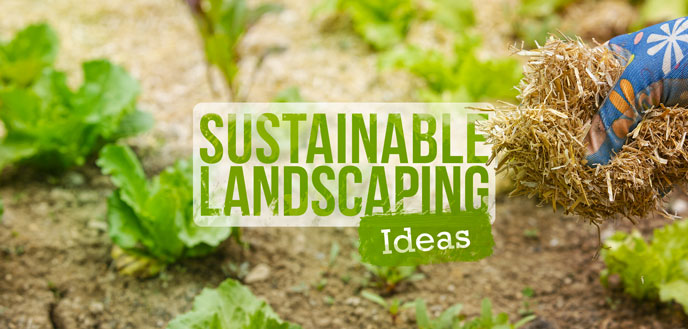
In short, a sustainable landscape operates on three main engines – reduce, recycle, and reuse, also known as the three Rs.
The main idea behind sustainable landscaping is somewhat self-explanatory – to make business and residential landscapes as environmentally-friendly and energy sustainable as possible by strategically using the natural surroundings and climate to their full capacity.
Basically, just like even the most talented sports team can’t ever prosper without the right strategy that accentuates its strengths and mitigates its weaknesses, a landscape in even the most favorable natural environment can’t thrive and blossom, especially not in a sustainable fashion, without the proper approach.
In that spirit, sustainable landscaping refers to the practice of closely analyzing the climate, the soil, the plant selection, the fertilizers, and the construction plan and design, in order to turn a landscape into the natural version of a well-oiled, highly sustainable and efficient machine.
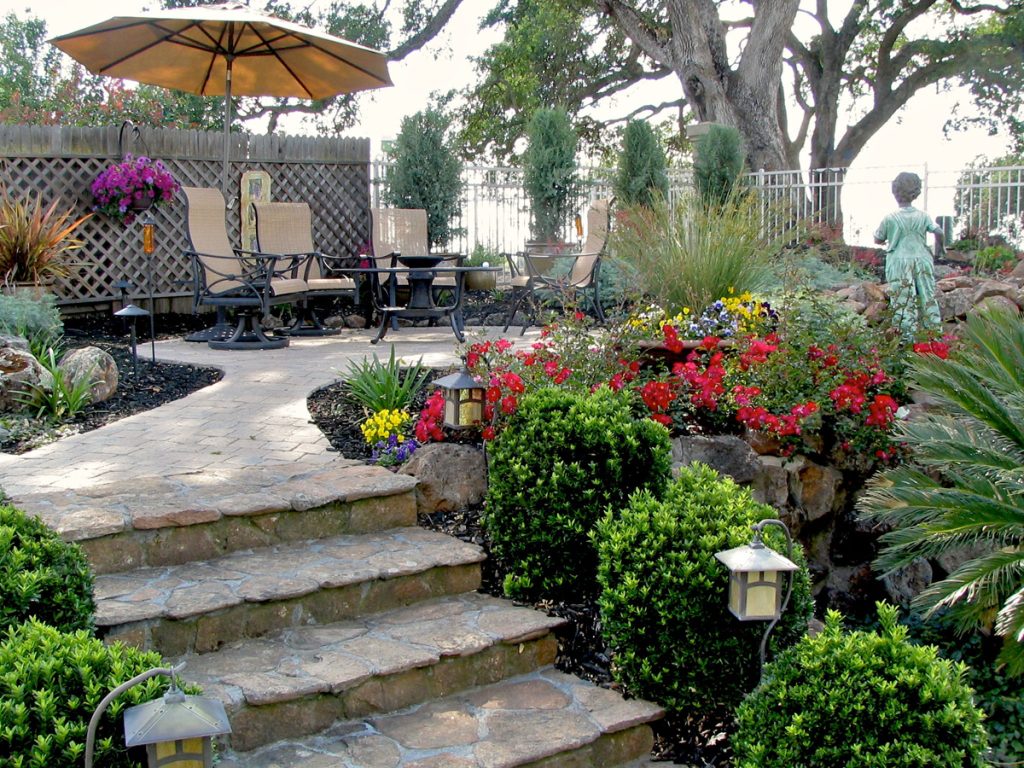
Sustainable landscaping can be a lot more intricate and multi-dimensional than you might expect. In many cases, especially when it comes to larger, business landscapes, architects, engineers, planners, horticulturists, and other professionals from other related fields all work together to find the best solution from an environmental, ecological, and economic standpoint.
Practices
In many ways, a landscape is like a mini-ecosystem, and just like the goal on a global scale is to make living as sustainable as possible, pretty much the same ideas and principles apply to landscapes.
Sustainable landscaping starts with gaining an in-depth understanding of the environmental and the ecological conditions a landscape has to work with.
For example, if the landscape happens to be in a region that often suffers from floods, then a key feature of the particular sustainable landscaping plan should be preventing soil erosion; respectively, if the region is in a dry, desert-like area, then the focus should be water conservation.
In that spirit, sustainable landscaping practices vary as much as climates, geographical areas and their respective environmental conditions do. However, there are a few rules of thumbs that transcend virtually any type of sustainable landscape.
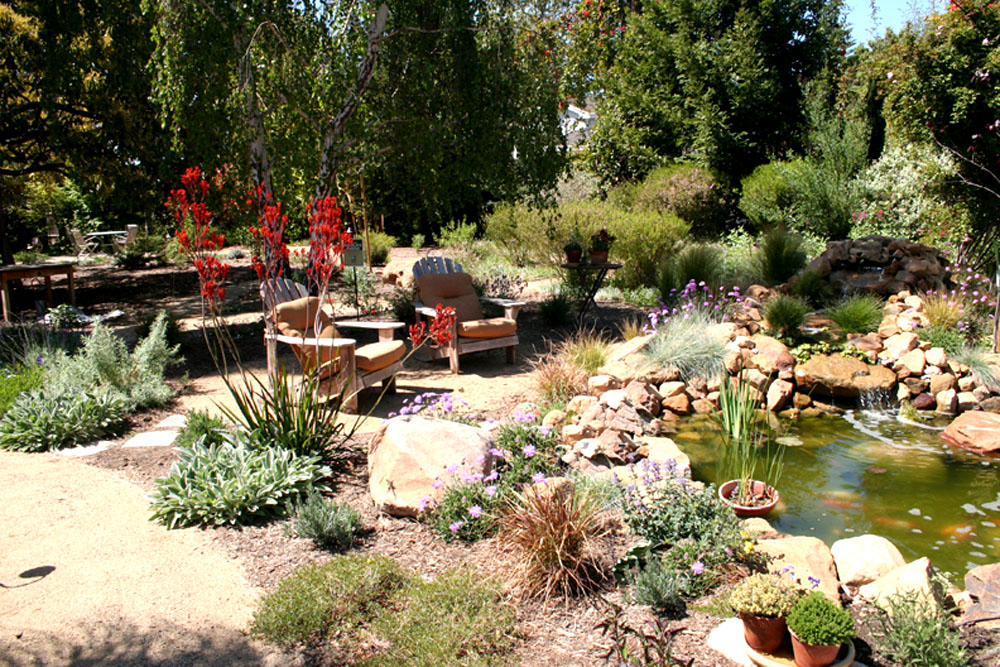
Treating Water as a Resource
No matter where the landscape is located, water has to be treated as the precious resource that it is. The right plant selection and construction design will bring irrigation to a minimum.
In fact, in rainy regions, proper sustainable landscaping can even eliminate the need for traditional irrigation altogether.
Valuing the Soil
Most people feel the natural urge cramp a landscape as much as possible. When done right, it can make a landscape look very lush and reminiscent of an oasis.
However, completely succumbing to this instinct can be detrimental to the soil and respectively cause a myriad of problems like erosion, runoff, and flooding, in addition to negatively affecting plant growth.
Preserving Existing Plants
A fresh start is something else we’re inherently drawn to, and this instinct is particularly palpable when it comes to landscaping. While this approach can often breathe new life into an ecosystem, plunging into it recklessly and basically wiping out your existing flora entirely is bound to disrupt the established natural rhythm and processes of the landscape.
Sustainable landscaping involves analyzing your whole plant situation and saving the native plants. The plants that do need to be removed are the invasive, non-native ones.
A nice saying you should always keep in mind is “right plant, right place.”
Conserving Material Resources
Landscaping can produce a surprising amount of yard and construction waste that shouldn’t be overlooked. Just like the stat regarding wasteful irrigation shows, accumulation is what creates a real problem. And the problem doesn’t end with the waste itself, as the waste needs to be transported and disposed of in distant places, making for a lot of collateral damage to the environment.
In that context, sustainable landscaping means recycling and reusing materials as much as possible, in addition to the careful selection of those materials and the size of the plants.
Benefits of Sustainable Landscaping
Environmental
A sustainable landscape provides a stable, favorable ecosystem in which all forms of lives not only thrive but do it without constantly needing more and more resources.
The benefits are sweeping, from the richer soil to the reduced amounts of water needed, the removal of harmful chemicals and vegetation that invites pest, and last but not least, the reduced waste of valuable materials.
Economic
Usually, the resources that the environment gives us also happen to cost us money, so by doing the environment a favor, we also do one for ourselves. It’s that simple. This is why most of the ways in which sustainable landscaping helps the environment also helps your wallet.
Sustainable landscaping is not just the most environmentally conscious thing you can do when it comes to landscaping, but the most economically conscious as well. The definition of a win-win.



